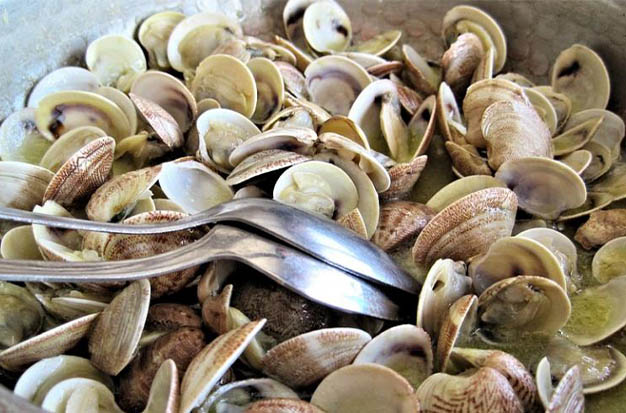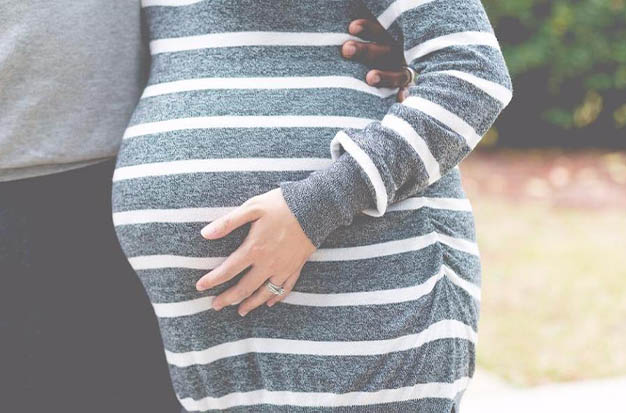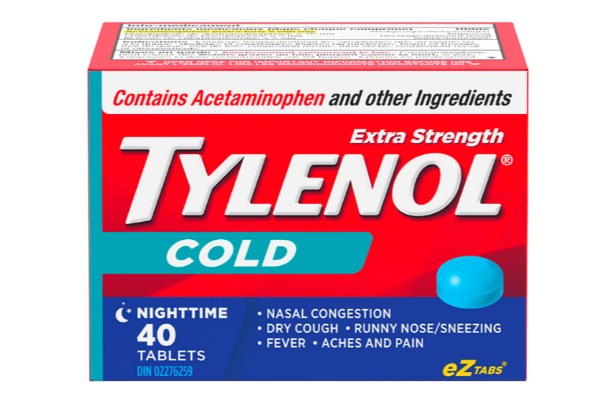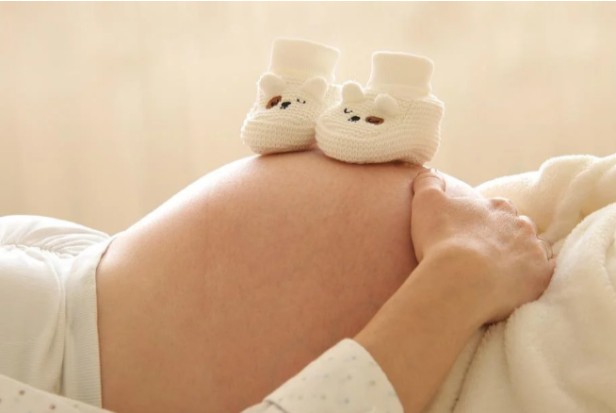Pregnant women can eat clams without risk. Clams can be eaten while pregnant as long as they are cooked thoroughly. Undercooked or raw clams should never be eaten. The pasteurized milk, cream, and clams in chowder may be harmful to expectant mothers. Here, we’ll talk about clams and the widely popular clam chowder to see if it’s safe to eat while pregnant.
What Are Clams?
Clams are an invertebrate class known as mollusks, also known as shellfish. Squid and octopus are two shellless shellfish, while snails only have one shell. Clams, on the other hand, have a bivalved shell, which means that the shell consists of two distinct parts.
Scallops, oysters, and mussels are other varieties of bivalves. There are more than 15,000 different types of bivalved shells. Approximately 500 species can be found in freshwater habitats, while others can be found in muddy or sandy seabeds. Clams bury themselves in the sand at the bottom so that the sediment and water they live in effect their flavor and color.
There are more than 150 clam species that can be eaten. Quahog, geoduck, soft-shell, and coquina clams are a few of these. The largest clam caught in the US is a geoduck clam from the Pacific Northwest.
Clams are high in protein and low in fat. Selenium, zinc, iron, magnesium, and niacin are also present in amounts that are above average in these foods.
What Is Clam Chowder?
Clam chowder is a well-known soup that you can easily prepare at home using a few basic ingredients. Clam chowder is the most well-known of the many flavors of chowders. Depending on your preferences, the soup may also contain clams, shallots, vegetables, and meat. The main distinction between the two is the type of broth: some people prefer a thick, creamy soup made with milk; others a red broth made with tomatoes; still others a clear broth made with clam juice. Nobody disputes the superiority of their clam chowder, regardless of where they are from.
Risk Of Food Borne Diseases In Clams
Toxoplasma Gondii
Although there are programs in place by the government to ensure that bivalved shells are safe to consume, they are not flawless. Pathogens that are present in raw shellfish can still cause food-borne illnesses. As a result, high-risk groups like kids, the elderly, pregnant women, and people with compromised immune systems have been advised by health authorities to stay away from eating raw clams.
Chiang and colleagues found that a risk factor for Consuming raw shellfish was the cause of toxoplasma infection. A person can contract the infection toxoplasma gondii by eating infected meat, ingesting oocysts from infected cat feces, or passing it from a pregnant woman to her unborn child through the placenta.
Flu-like symptoms and lymphadenopathy are the most prevalent clinical presentations of acute toxoplasmosis in immunocompetent people, who typically recover fully from the infection. Toxoplasmosis, with encephalitis as its most typical symptom, can be fatal in people with immunocompromised individuals. Involvement of multiple organs as well as chorioretinitis and pneumonia are also possible.
Congenital toxoplasmosis in newborns can cause intracranial and ocular lesions that can result in mental retardation or blindness.
Viruses
Noroviruses and the hepatitis A virus are the most prevalent food-borne viruses. The most common method of transmission is through the consumption of bivalved shellfish, such as clams, cockles, mussels, and oysters. These shellfish have been growing in water that has become more frequently contaminated with human waste.
In outbreaks linked to seafood, bivalved shellfish, such as oysters and clams, accounted for 45% of cases. Consuming raw clams has been connected to significant outbreaks of hepatitis A and norovirus. Illnesses and outbreaks have also been attributed to improper cooking techniques like steaming with insufficient heat.

Can Pregnant Women Eat Cooked Clams Safely?
Cooking clams renders them safe to consume during pregnancy. Whether or not you are pregnant, eating raw clams is dangerous. This is due to the fact that raw clams may contain bacteria and pathogens like the saltwater-found bacteria Vibrio vulnificus.
Even waters that have been “approved” for shellfish harvesting, like clams, can contain Vibrio vulnificus (source: CDC). Its existence has nothing to do with pollution. Clams (and oysters) that have been exposed to the bacteria do not differ in appearance, flavor, or odor from unaffected ones.
Beyond Vibrio vulnificus, any raw seafood may also harbor additional pathogens (source: NHS). For this reason, all raw shellfish should be avoided by expectant mothers. Clams are much safer when cooked because, fortunately, cooking kills the majority of bacteria. Depending on the technique, “cooked” can mean different things. Clam chowder or soup is safe to eat while pregnant. Since clam chowder is arguably one of the most popular ways to eat clams, I’ve given it its own section in this chapter.
No matter the style (Manhattan, New England, etc.), clam chowder is safe for pregnant women to eat as long as the other ingredients are also safe for pregnancy (which they usually are if the clam chowder is served hot). The majority of milk and cream is pasteurized if they are added, but even if they aren’t, heating the soup will probably kill any bacteria.
The only thing to look out for is whether the clams are fresh rather than canned; if so, they should have been fully cooked after at least three minutes of boiling in the chowder or soup. This is typically the case, so the majority of clam chowders you make or buy while pregnant is safe to eat.
Tips For Cooking Unshucked Clams For Pregnant Women
- When cooking live clams, give the clam a gentle tap; if it’s still alive and healthy, it should close. Any that don’t shut should be discarded.
- To remove sand or debris, scrub the clam or clean it under running water.
- You might need to soak the clams to remove any grit, depending on where you purchased them. Pour one gallon of water and one-third cup of salt into a container to soak. Repeat a minimum of three times after 25 minutes. Rinse.
- Using the timings listed above, cook the clam.
- In order to find clams that won’t open after cooking, look for them now. Clams that did not open while being cooked should be thrown away.
Conclusion
A fantastic addition to a pregnant woman’s diet is seafood. Both the expectant mother and her unborn child stand to gain a lot from it. However, there are also dangers present. As a result, it is important to abide by recommendations regarding the types of seafood that are safe for consumption.
Clams are a type of shellfish that are high in omega-3 fatty acids but low in mercury. As long as they are properly cooked, they can be consumed without risk during pregnancy. Any viruses or bacteria that could result in food-borne illnesses are eliminated during thorough cooking.
If you’re pregnant and looking for healthy food options, speak to your doctor.
Read more about:



